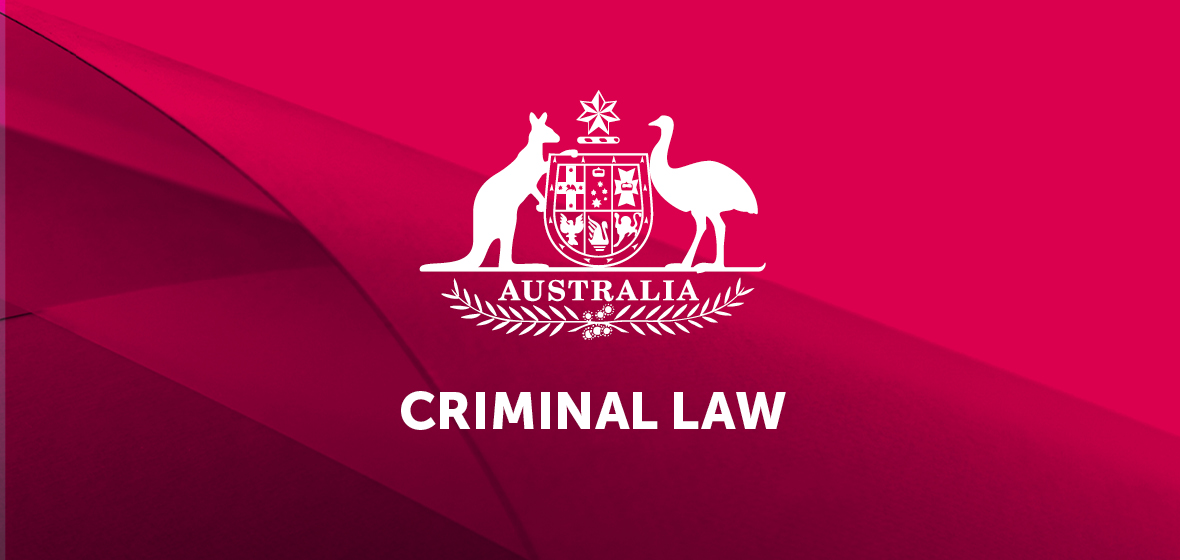Key decisions
- Director of Public Prosecutions (NSW) v Brooks [2015] NSWCCA 190
- AG v Director of Public Prosecutions (NSW) [2015] NSWCA 218
- Tsiakas v R [2015] NSWCCA 187
Director of Public Prosecutions (NSW) v Brooks [2015] NSWCCA 190
The Court of Criminal Appeal (CCA) has provided some more guidance on things that do not amount to ‘showing cause’ for the purposes of bail.
Since amendments to the Bail Act 2013 in January 2015, bail decisions have been a staple of this column. Among other things, those amendments introduced the requirement that, for certain offences, an applicant needs to ‘show cause’ why their continued detention is not justified, before going on to show whether there are any of the specified unacceptable risks (ss 16A and 16B). The accused faced a charge of murder of one person, and the intentional infliction of grievous bodily harm on another. He had been granted bail by a lone Supreme Court judge, and the Crown applied to have that bail re-determined. In a unanimous judgment, the CCA (Hoeben CJ at CL, Johnson and RA Hulme JJ) pointed out that the application being made was not an appeal from, or a review of, the decision of the original Supreme Court judge (at [3]) – it is essentially a fresh application.
Consistently with the fact that the decision is not an ‘appeal’ (despite being in the Court of Criminal ‘Appeal’), the decision is relatively brief and does not go into any detail about legal principles. But of importance is that, in passing, the unanimous judgment makes the sweeping statement that ‘Age, lack of criminal antecedents, ties to the community and strong family support do not amount to showing cause’ (at [22]). That statement immediately followed an implicit acceptance that showing cause requires an applicant to show something ‘special or unusual’. The statement itself probably needs to be viewed with some circumspection because it is not considered in any detail, and should be read in its full context (including the asserted strength of the Crown case and the gravity of the charges), but given it is indisputably the ratio of the decision, it is binding – and practitioners will need to grapple with it when making submissions on bail.




